Premium Only Content
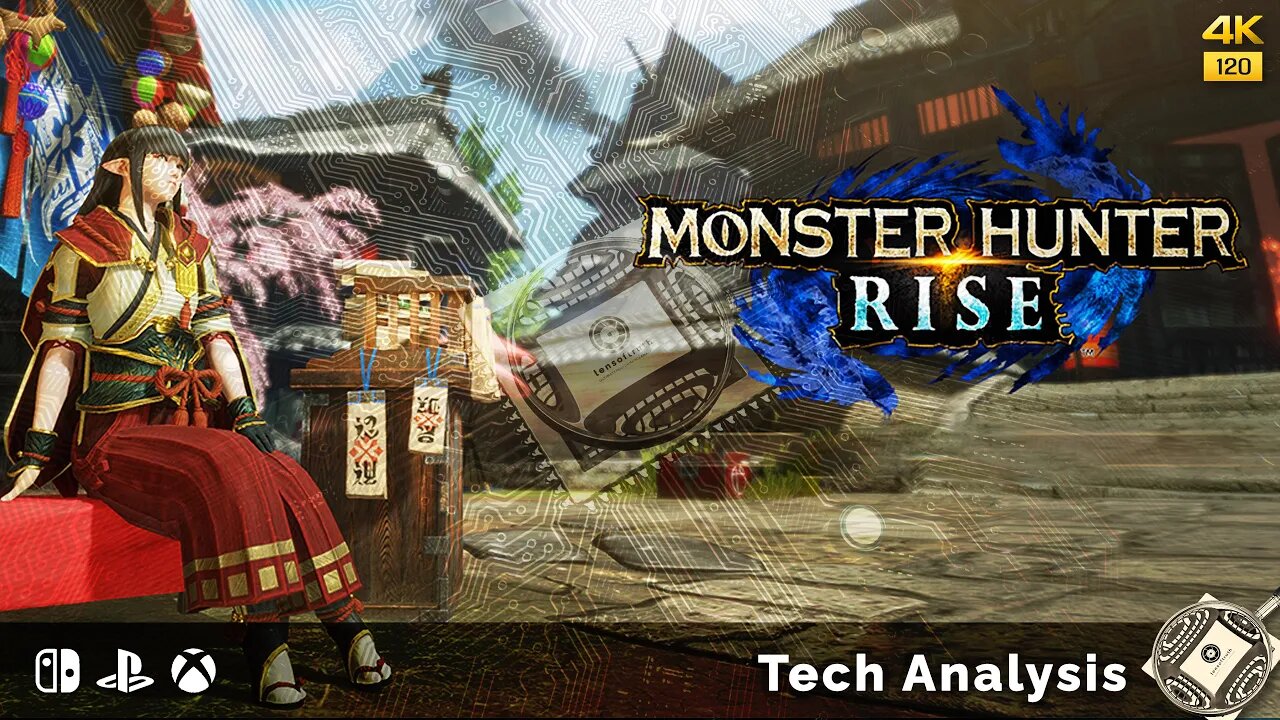
MONSTER HUNTER RISE - Tech Analysis on N. Switch, Series S, Series X and PS5
Analysis of performance and image quality of MONSTER HUNTER RISE on PS5, Nintendo Switch, Series S and X.
Index:
Intro 00:00
Frame Rate Analysis - Switch / Xbox SS 00:49
Resolution Analysis 02:49
Frame Rate Analysis - Xbox SS / Xbox SX / PS5 - Framerate Mode 06:59
Reflections Analysis 09:00
Frame Rate Analysis - Xbox SS / Xbox SX / PS5 - Default Mode 12:03
Shadows Analysis 14:05
Frame Rate Analysis - Xbox SS / Xbox SX / PS5 - Graphics Mode 17:08
Textures Analysis 19:10
Loading Analysis 22:13
Technical dictionary for this analysis:
- AMD FidelityFX™ Super Resolution (FSR):
FidelityFX Super Resolution (FSR) is used to upsample an input image into a higher resolution. There are two versions of FSR with distinctive upscaling technique and image quality.
FSR 1 is a spatial upscaler based on the Lanczos algorithm* requiring an anti aliased lower resolution image.
FSR 2 and 2.1 is a temporal upscaler based on a modified Lanczos* requiring an aliased lower resolution image and utilising the temporal data (such as motion vectors and frame history) and then applies its own anti aliasing pass which replaces the game's temporal anti-aliasing solution.
Quality Preset Scale Factor Render Scale
Performance 2.0x 50.0% (e.g. for 4k: 1080p upscale to 2160p with FSR)
Balanced 1.7x 58.8% (e.g. for 4k: 1270p upscale to 2160p with FSR)
Quality 1.5x 66.6% (e.g. for 4k: 1440p upscale to 2160p with FSR)
* The Lanczos algorithm is an iterative algorithm invented by Cornelius Lanczos that is an adaptation of power methods to find eigenvalues and eigenvectors of a square matrix or the singular value decomposition of a rectangular matrix. It is particularly useful for finding decompositions of very large sparse matrices.
- Cube Mapping Reflections:
A Cubemap is a collection of six square textures that represent the reflections on an environment. The six squares form the faces of an imaginary cube that surrounds an object; each face represents the view along the directions of the world axes (up, down, left, right, forward and back). Cubemaps are often used to capture reflections or “surroundings” of objects; for example skyboxes and environment reflections often use cubemaps.
- Screen Space Reflections (SSR):
Screen space reflections (SSR): a more expensive technique that traces reflection rays in screen space (as opposed to world space in e.g. ray tracing). This is done for each rendered pixel of the reflected surface, using the surface normal and scene depth.
The disadvantage is that objects not captured in the rendered frame cannot appear in the reflections, which results in unresolved intersections and incomplete reflection image.
- Ray-Traced Reflections
Ray-Traced Reflections is a more accurate ray-traced solution to Screen Space Reflection technique (that traces reflection rays in screen space), ray tracing traces reflection rays in world space.
The disadvantage of the technique using ray tracing is the need for a dedicated hardware for accelerating the calculations needed to perform the feature.
- Shadow Mapping
Shadow mapping or shadowing projection is a process by which shadows are added to 3D computer graphics. This concept was introduced by Lance Williams in 1978, in a paper entitled "Casting curved shadows on curved surfaces."[1] Since then, it has been used both in pre-rendered and realtime scenes in many console and PC games. Shadows are created by testing whether a pixel is visible from the light source, by comparing the pixel to a z-buffer or depth image of the light source's view, stored in the form of a texture.
- Simple Shadow Mapping
Simplest possible implementation of Shadow Mapping, without any smoothing or additional features.
- Soft Shadows Mapping
Soft shadows are typically rendered in games by using shadow mapping and Percentage Closer Filtering with a uniform kernel size. The Percentage-Closer Soft Shadows (PCSS) algorithm computes a variable kernel size based on the distance between the relative position of the receiver point, an approximation of the blocker, and the area light.
- Ray-traced Shadows
Ray-traced shadows are generated by tracing the path of rays sampled from a light source. Ray-traced shadows are more accurate than shadow-mapped shadows. All ray-traced shadows are world space shadows.
My Specs:
- Ryzen 5 5600
- 16 GB DDR4 3200
- Galax GTX 1080 Sniper White
- Elgato 4k60 Pro Mk.2
Facebook Group:
https://m.facebook.com/groups/14589692844998
-
 1:01:03
1:01:03
Timcast
2 hours agoDemocrats SABOTAGE Texas REDISTRICTING, May Be CHARGED
44.3K56 -
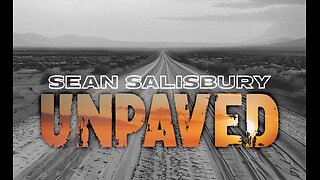 LIVE
LIVE
Sean Unpaved
1 hour agoCowboys Chronicle: Jerry Jones, Micah Parsons, & the NFC East Battle
462 watching -
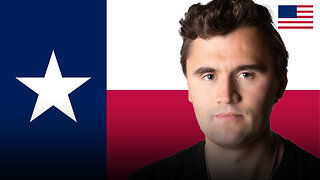 LIVE
LIVE
The Charlie Kirk Show
1 hour agoTexas Dems In Flight + Recess Appointments Or Not? | Sen. Mullin, Halperin, Sen. Scott | 8.4.2025
4,404 watching -
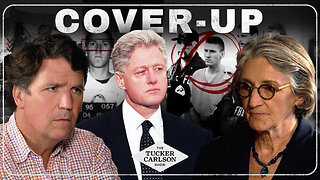 1:53:23
1:53:23
Tucker Carlson
24 minutes agoMargaret Roberts Exposes the True Story of the Oklahoma City Bombing and the Ongoing Cover-Up
-
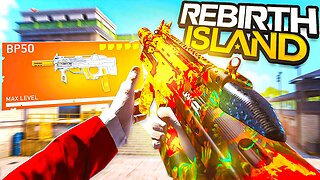 LIVE
LIVE
JuicyJohns
5 hours ago🟢#1 REBIRTH PLAYER 10.2+ KD🟢$500 GIVEAWAY SATURDAY!
121 watching -
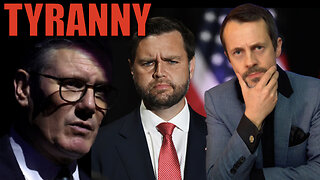 LIVE
LIVE
Neil McCoy-Ward
57 minutes agoVengeance: JD Vance Has A Bold Plan to FREE the UK & EU… (What We Know So Far)
136 watching -
 1:50:34
1:50:34
Steven Crowder
4 hours ago🔴 Texas Gerrymanders for Trump & Dems Freak: Racism or Good Politics?
217K181 -
 LIVE
LIVE
Flyover Conservatives
12 hours agoTwo Stories Shaking the Internet—Sydney Sweeney’s “Offensive” Ad & Forrest Frank’s Miraculous Healing | FOC Show
399 watching -
 LIVE
LIVE
The Mel K Show
2 hours agoMORNINGS WITH MEL K -Killing Operation Mockingbird: The Truth Has No Agenda 8-4-25
1,478 watching -
 1:06:13
1:06:13
The Rubin Report
2 hours agoDave Tries Controversial New Medical Tech — Was It a Miracle or a Bust?
15.4K19